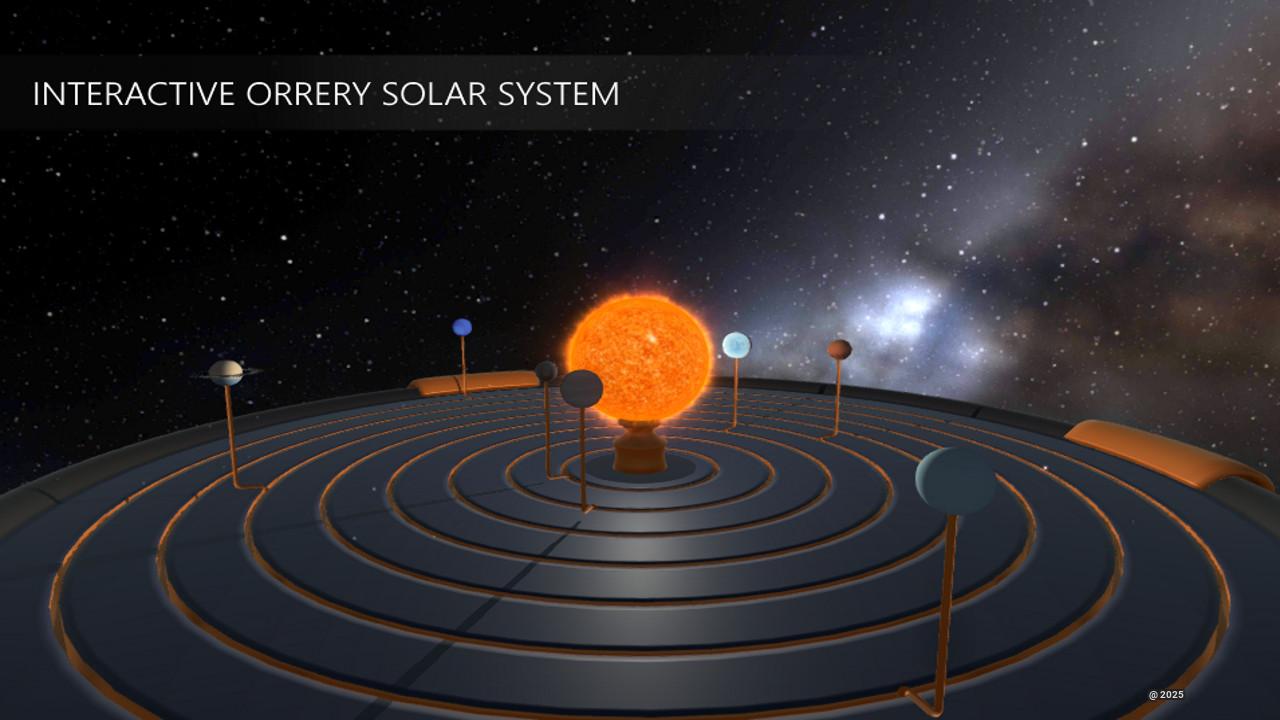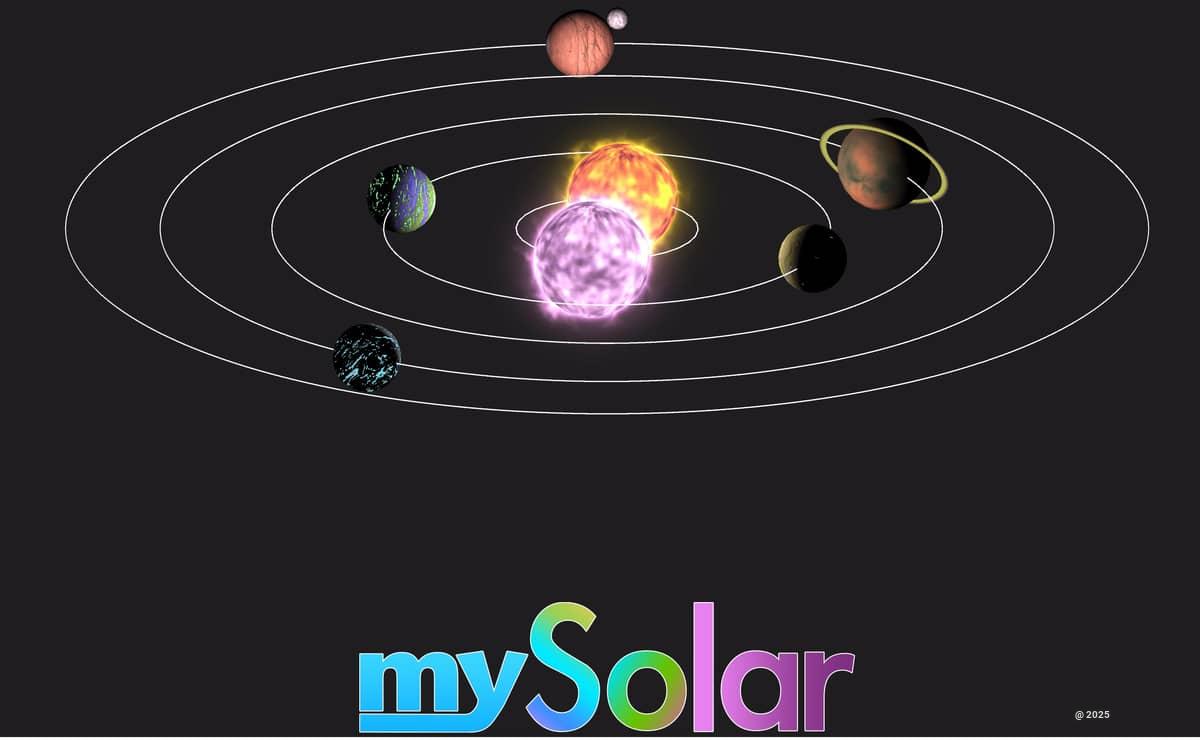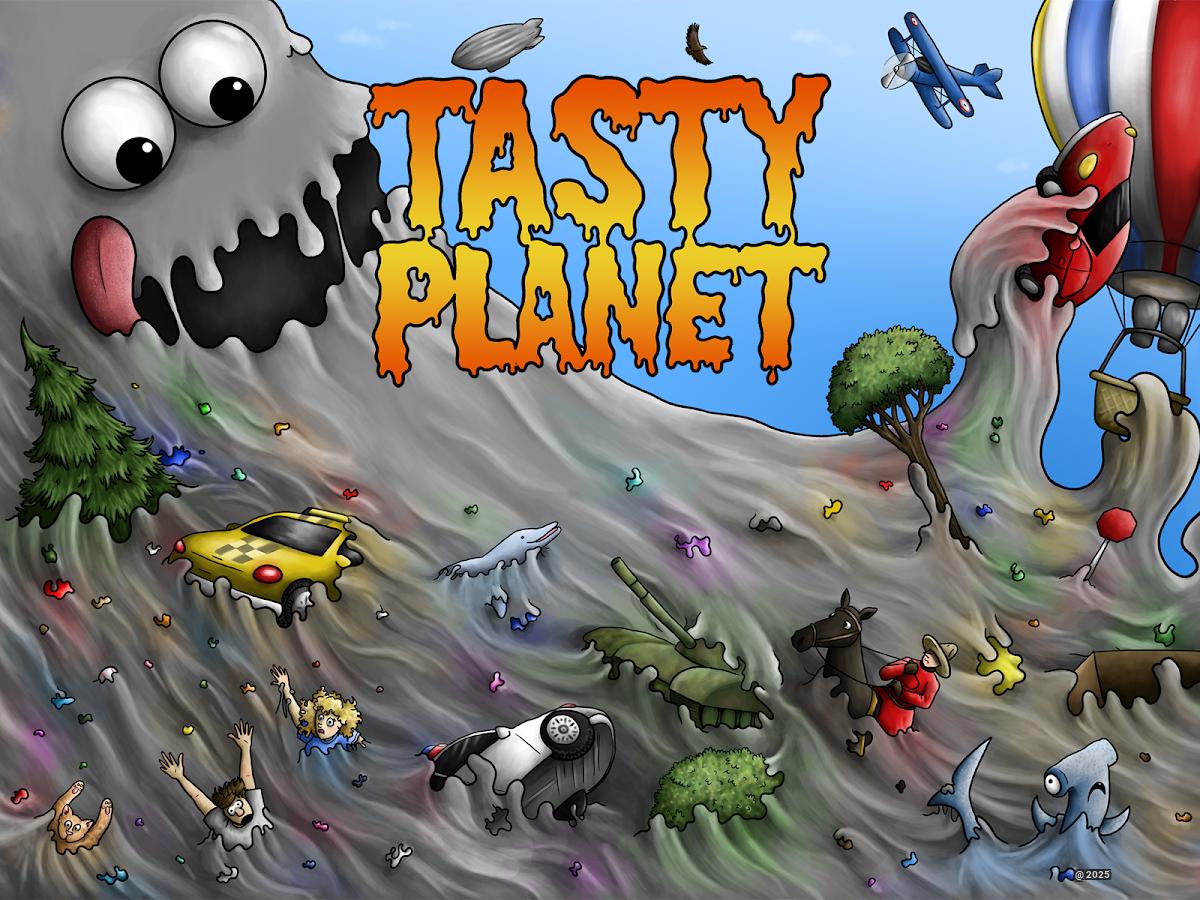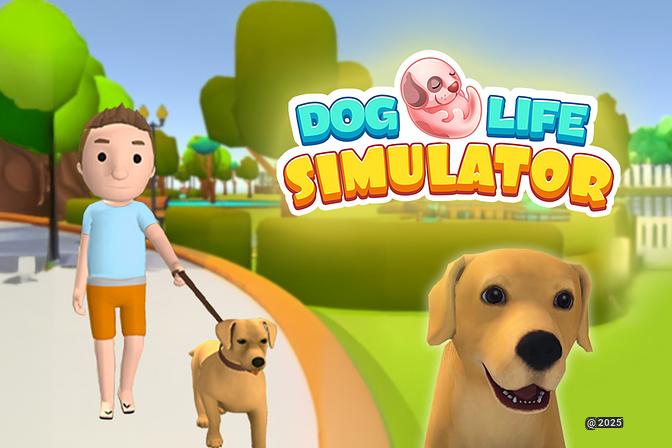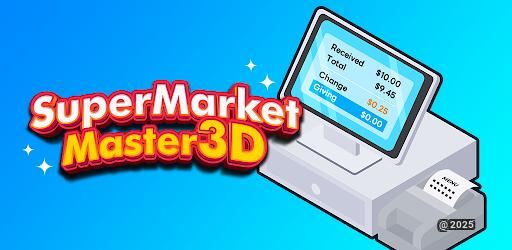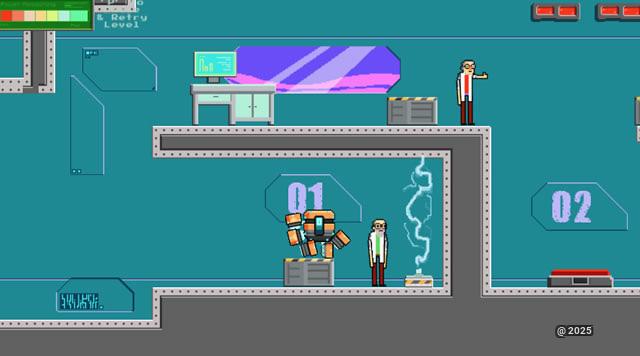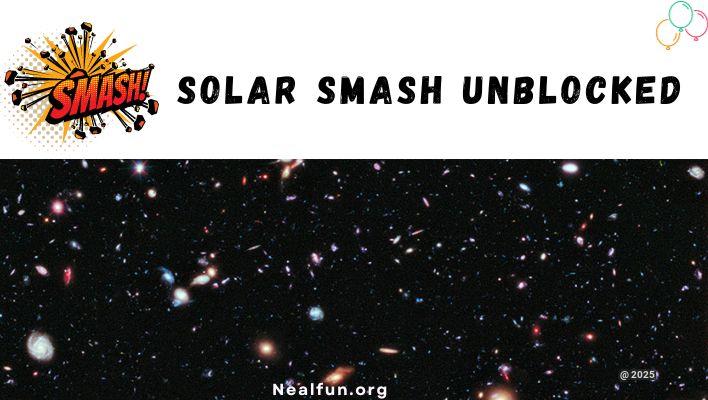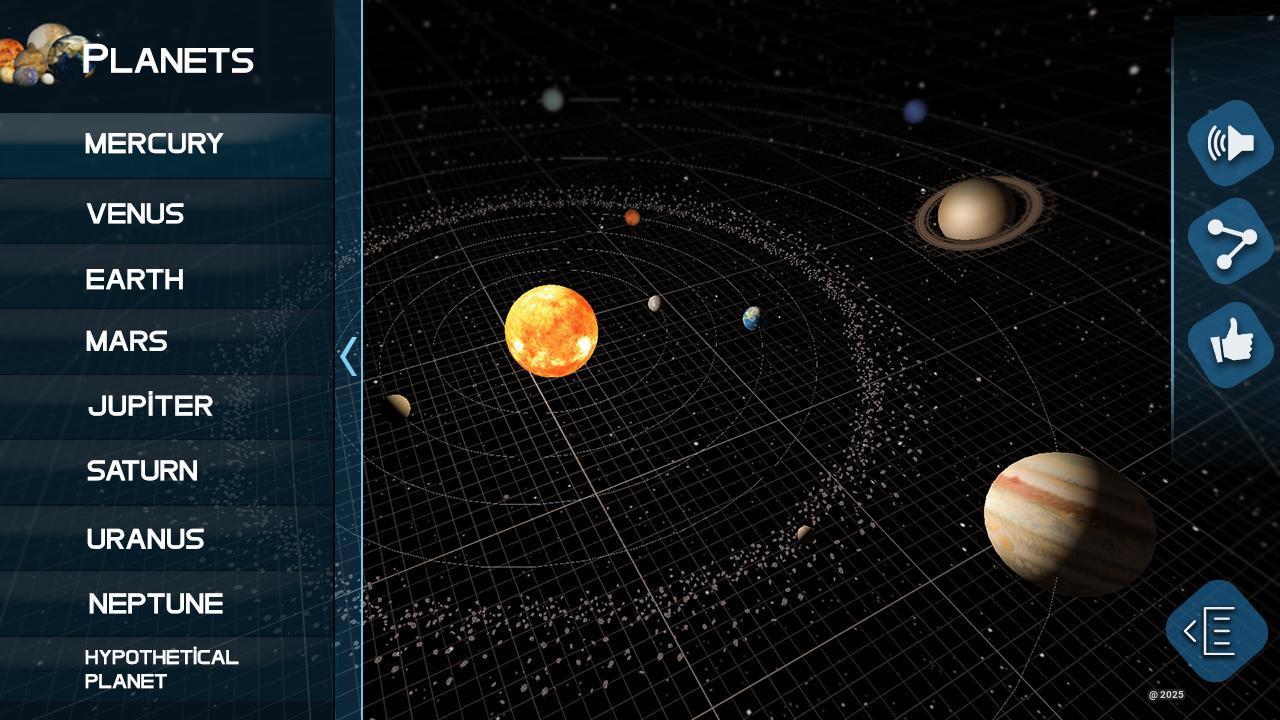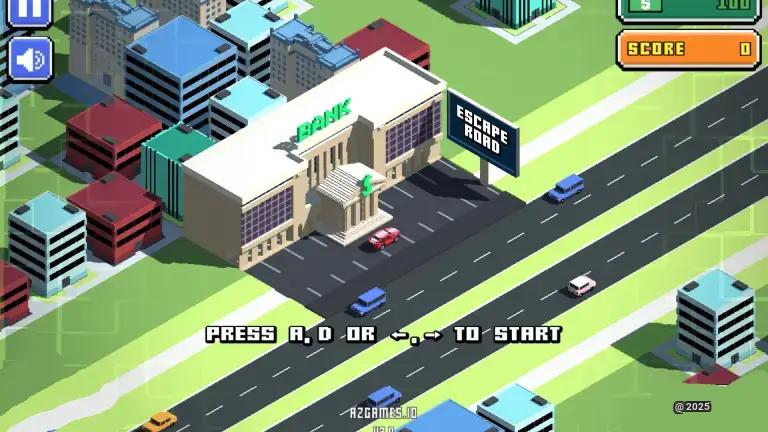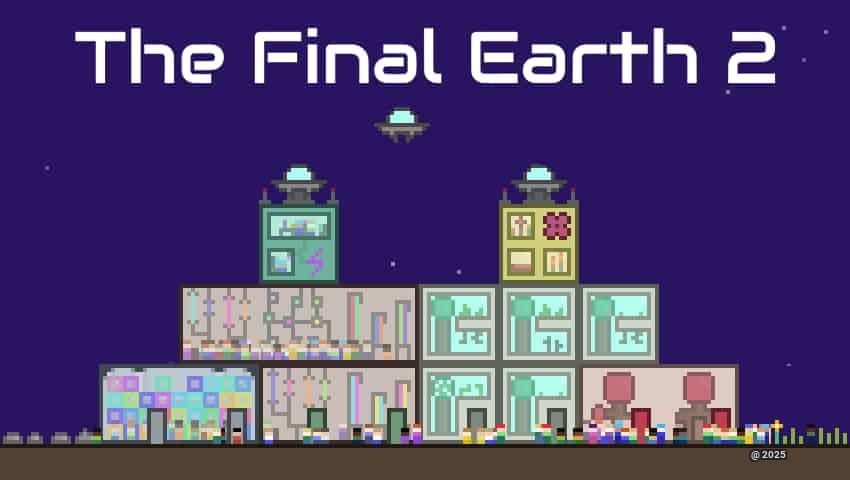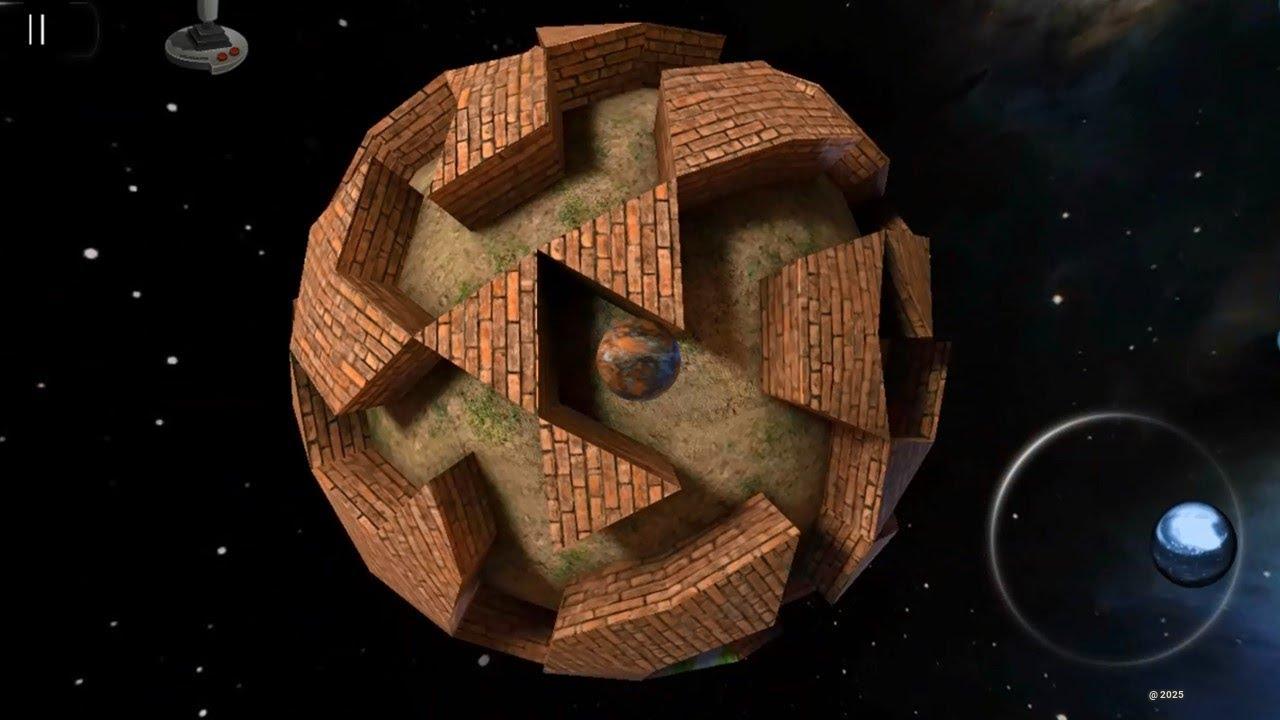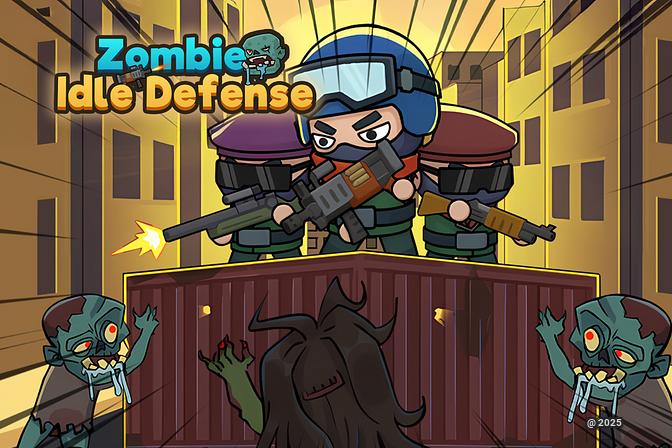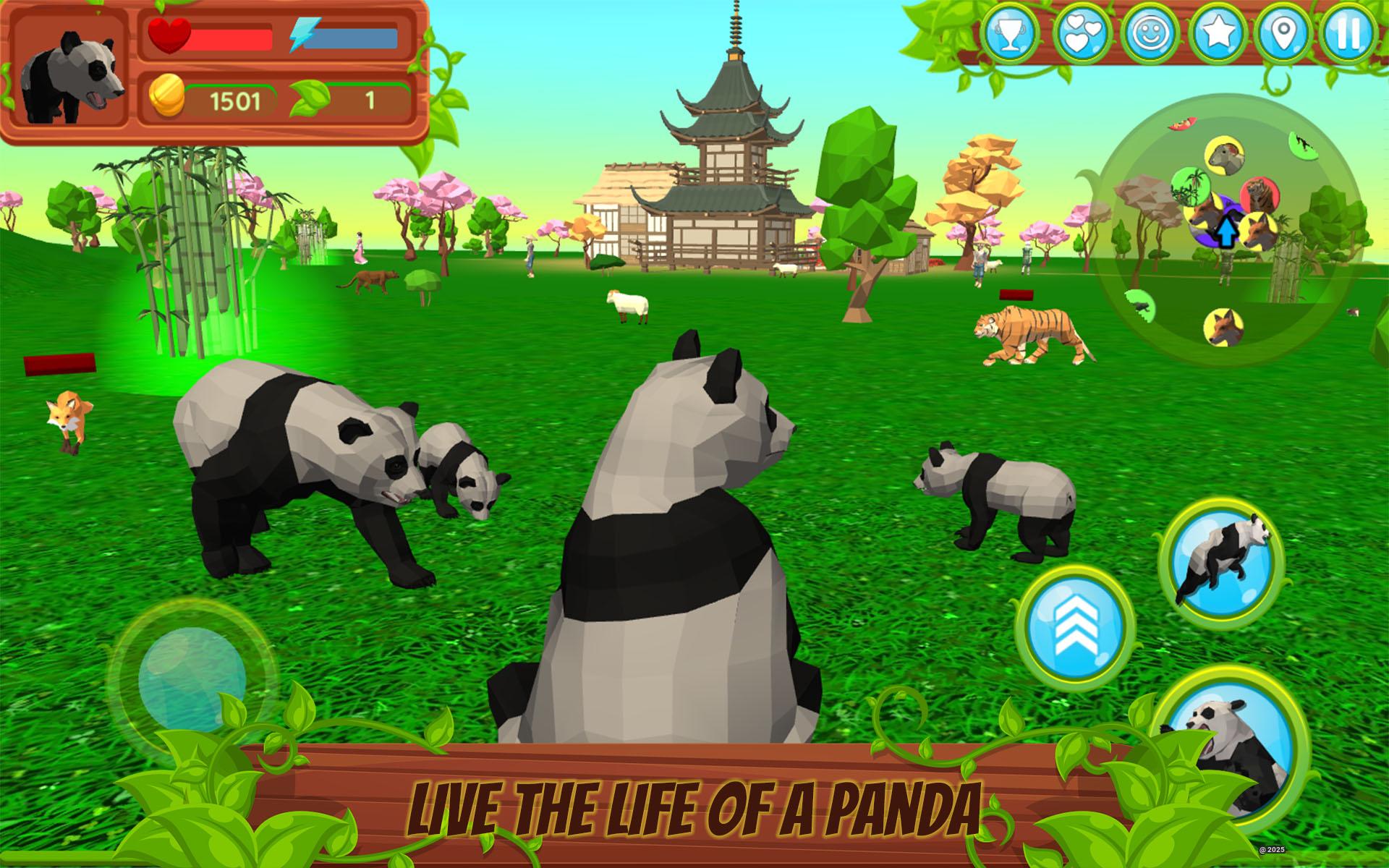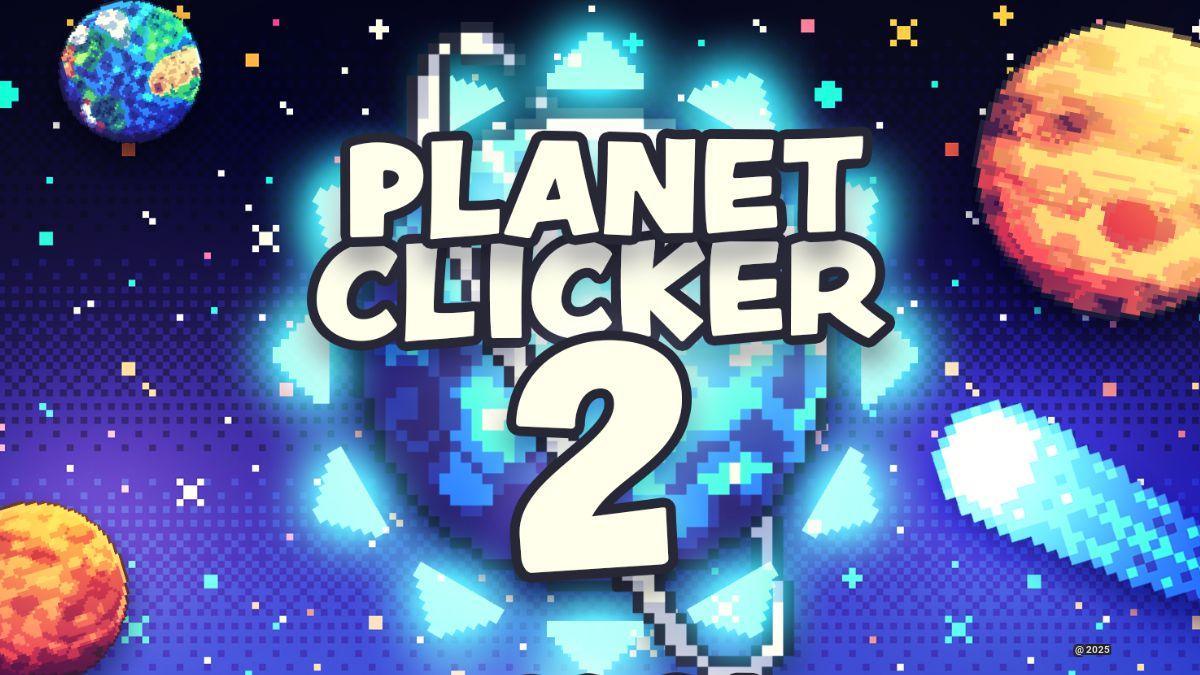If you’re fascinated by the cosmos and eager to explore the intricacies of our solar system, Planetarium 2 is an experience you won’t want to miss. This innovative educational game transforms the way we interact with celestial mechanics, allowing players to manipulate and observe the dance of planets in real-time 3D.
Imagine being able to create your own solar system or adjust the gravitational forces at play—Planetarium 2 makes this possible, turning learning into an exciting adventure.
Here are some key takeaways about Planetarium 2:
- Interactive Learning: Players can experiment with planetary positions and trajectories, gaining a deeper understanding of gravitational forces.
- Stunning Visuals: The game features captivating real-time 3D graphics that bring each planet and celestial body to life.
- Customization Options: Users can modify their solar systems, adding new celestial bodies or adjusting existing ones to observe the effects.
- Dynamic Exploration: With various camera controls, players can zoom in on planets or follow comets, offering a unique perspective on the universe.
Planetarium 2 not only educates but also entertains, making it a must-try for anyone curious about space!
What Is Planetarium 2?
Planetarium 2 lets you do just that! This amazing solar system sim puts the stars and planets at your fingertips in ways I’ve never seen before.
I’ve spent hours watching Earth, Mars, Saturn, Venus, and Jupiter dance around the sun in this stunning game. What makes Planetarium 2 special? It’s not just a pretty space picture – it’s a fully working model of how planets move and interact.
The game is also known as Planetarium 2 Zen Odyssey in some circles, which fits perfectly with how calm yet exciting it feels to play. When I first opened it, I was blown away by how real everything looks.
The planets aren’t just flat discs – they have clouds, storms, rings, and moons that all move as they should.
“Looking up at the night sky is one thing, but having the power to control the cosmos is something else entirely.” - My thought after first playing Planetarium 2
What I love most is how it balances fun with facts. This isn’t just a game – it’s a window into how our solar system works. The team behind it clearly knows their space science, but they’ve made it so easy to jump in and play.
| Game Aspect | Description |
|---|---|
| Type | Solar System Simulation |
| Focus | Planetary Interaction & Astronomy |
| Learning Style | Hands-on Exploration |
| Visual Quality | High-detail 3D Graphics |
| Physics Engine | Real Orbital Mechanics |
The game sits in a sweet spot between hard science and playful fun. I can spend hours just watching the planets spin, or I can get hands-on and change how the whole system works. It’s like having a toy box filled with planets!
For space fans like me, Planetarium 2 fills a gap that other games miss. It’s not trying to be a space shooter or a complex flight sim – it’s a sandbox where cosmic rules apply but you’re free to play.
Features Of Planetarium 2 Game
The dynamic planetary simulation is the heart of the game. I can watch as planets swing around their stars in real-time, with orbits that stretch and bend based on the pull of other bodies. It’s not just pretty – it’s a true physics engine that shows how gravity shapes our cosmos.
Real-time 3D graphics bring each world to life with stunning detail. I can zoom in to see Jupiter’s Great Red Spot swirling or watch as light plays across Saturn’s rings. The sun glows with solar flares, and distant stars twinkle just like they do on clear nights.
“The first time I saw a comet I created crash into Jupiter, with all the physics playing out correctly, I knew this wasn’t just a game – it was a window into how our universe works.”
One of my favorite features is the custom solar system builder. Want to see what happens when you put three suns in one system? Or maybe add an Earth-sized planet with rings like Saturn? I can build it and watch what happens!
| Feature | What You Can Do | Why It’s Cool |
|---|---|---|
| Planet Editor | Change size, mass, orbit, and surface | Create worlds that could or couldn’t exist |
| Time Controls | Speed up, slow down, or reverse time | Watch years pass in seconds or study tiny orbital shifts |
| Gravity Mapper | See gravity wells and force lines | Understand why objects move as they do |
| Camera Tools | Track objects, free-fly, or lock to orbits | Get the perfect view of cosmic events |
| Collision Physics | Crash objects together | Watch realistic debris fields and new bodies form |
The orbital path tracker lets me see where things have been and where they’re going. I can trace the pretty patterns planets make as they dance around their stars, or plot the path of a comet I’ve sent hurtling through the system.
The free camera lets me fly anywhere, from right above Earth’s clouds to the edge of the system, looking back at all the planets lined up like gems on a string.
I’m always blown away by the light and shadow effects that show day and night cycles on planets. Watching Earth spin from space, seeing the shadow line move across continents – it’s both calming and awe-inspiring.
The game includes an exoplanet explorer that lets me visit star systems beyond our own. Some are based on real NASA discoveries, while others are wild “what-ifs” that show how strange other solar systems might be.
Planetarium 2 also features a space mission simulator where I can launch probes and rovers to explore planets up close. Plotting the perfect path through the gravity wells of multiple planets feels like being a NASA flight planner!
The weather and atmosphere system adds another layer of realism. I can watch storm systems form on gas giants or add an atmosphere to a moon and see how clouds would move across its sky.
The ambient space soundtrack shifts and changes based on what I’m looking at. Zoom in on a violent gas giant, and the music becomes more intense. Float in the quiet outer reaches, and soft tones help set a peaceful mood.
For those who like to learn while playing, the astronomy fact database is a gold mine. I can click on any object to get real science about it, or its real-world twin if I’m playing with a made-up planet.
The challenge scenarios test my space knowledge with tasks like “build a stable binary star system” or “create conditions for liquid water.” They’re fun brain-teasers that teach real astronomy concepts.
Last but not least, the photo mode lets me capture stunning space vistas to share. I’ve filled a folder with cosmic wallpapers from my own custom solar systems.
How to Play Planetarium 2 Game?
First Steps in Space
When you first open the game, you’ll see our solar system laid out before you. Don’t rush! Take time to look around and get your bearings. I like to start by just watching the planets move for a bit – it helps me get a feel for the scale and rhythm of space.
How do you move around? Use your mouse to drag your view, scroll to zoom in and out, and hold right-click while moving to orbit around a point. It takes a little practice, but soon you’ll be zipping through space like a pro!
“The key to enjoying Planetarium 2 is to be curious. Click things. Change values. Crash planets together. The worst that can happen is you reset the simulation!”
Basic Controls You Need to Know:
| Action | PC Control | Mobile Control |
|---|---|---|
| Pan Camera | Left-click + drag | One finger drag |
| Zoom | Mouse wheel | Pinch to zoom |
| Rotate View | Right-click + drag | Two finger rotate |
| Select Object | Click on planet/star | Tap object |
| Speed Up Time | + key | Time slider right |
| Slow Down Time | - key | Time slider left |
| Reset View | Home key | Double tap empty space |
Creating Your First Custom Planet
- Click the “Create” button in the bottom menu
- Choose “Add Planet” from the pop-up
- Set basic stats like size and mass
- Pick a starting point in the system
- Give it some speed and direction
- Release and watch what happens!
The first planet I made was a tiny moon that I put too close to Jupiter. It got pulled in and crashed! That taught me about the Roche limit – the closest a moon can orbit before being torn apart by gravity.
Playing with Time
One of my favorite tools is the time control. Space moves slowly in real life, but in Planetarium 2, you can speed things up to see years pass in seconds. I like to:
- Speed up time to watch full planetary orbits
- Slow down time when objects are about to collide
- Pause time to set up perfect screenshots
- Reverse time to undo mistakes or watch events again
Fun Experiments to Try
Here are some of my go-to space experiments:
- Binary Star System: Add a second sun and watch how the planets’ orbits go crazy as they try to follow both stars.
- Super Earth: Create an Earth-like planet but make it 5x bigger. See how its stronger gravity affects nearby objects.
- Ring Maker: Crash a small moon into a gas giant at just the right angle to create a new ring system.
- Grand Tour: Launch a tiny probe and use planets’ gravity to sling it around the entire system.
- Solar System Shuffle: Move all the planets to random spots and see which ones stay in orbit and which fly off into space.
Advanced Play Techniques
Once you’re comfortable with the basics, try these more advanced moves:
Gravity Assists are when you use a planet’s gravity to speed up or redirect an object. I like to send comets whipping around Jupiter to gain speed before aiming them elsewhere.
Lagrange Points are special spots where small objects can stay stable between larger bodies. Try placing tiny moons at these points between planets and their stars.
Orbital Resonance happens when planets’ orbits sync up in patterns. Try placing planets so one completes exactly two orbits while another completes one.
Similar Games
Final Words
Planetarium 2 offers an unparalleled journey through the cosmos, making it an essential experience for anyone intrigued by space. This educational game redefines how players engage with celestial mechanics, allowing them to manipulate planetary movements and observe the gravitational interplay in stunning real-time 3D.
The interactive nature of Planetarium 2 empowers users to experiment with the positioning and trajectories of planets, fostering a deeper understanding of the forces that govern our solar system. With breathtaking graphics that vividly portray each celestial body, players are treated to a visual feast that enhances their learning experience.
Customization is at the heart of this game; users can create unique solar systems by adding or modifying celestial bodies, witnessing firsthand the consequences of their adjustments. The dynamic exploration features, including versatile camera controls, enable players to zoom in on planets or trail comets, offering fresh perspectives on the universe.
In essence, Planetarium 2 is not just a game; it’s an engaging educational tool that entertains while enlightening, making it a must-try for anyone curious about the wonders of space.

